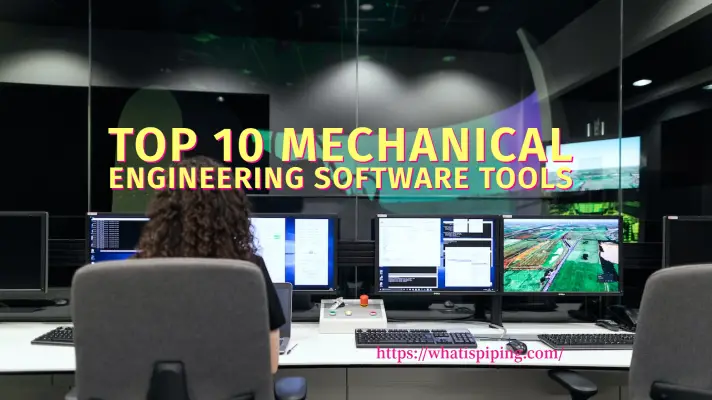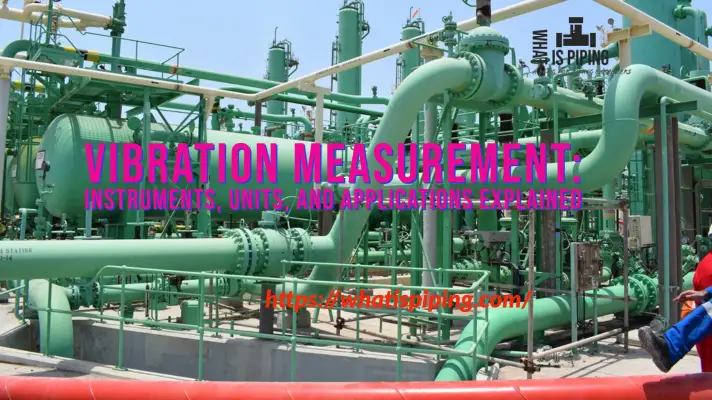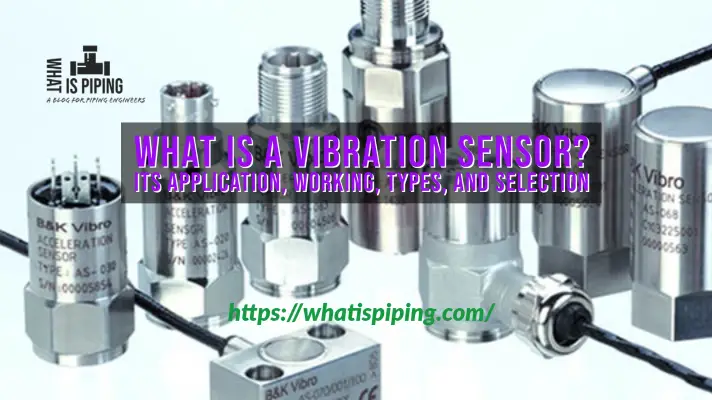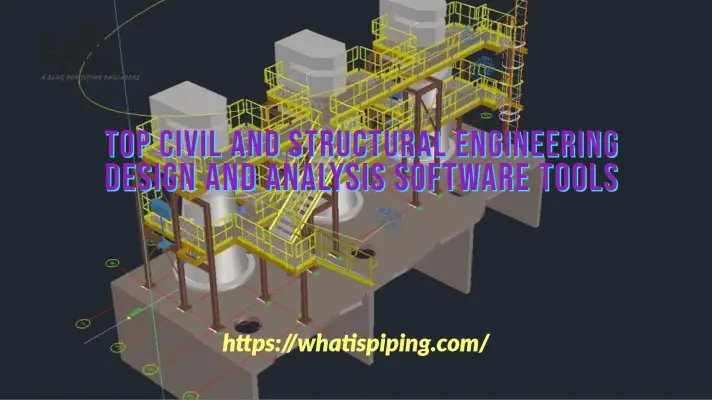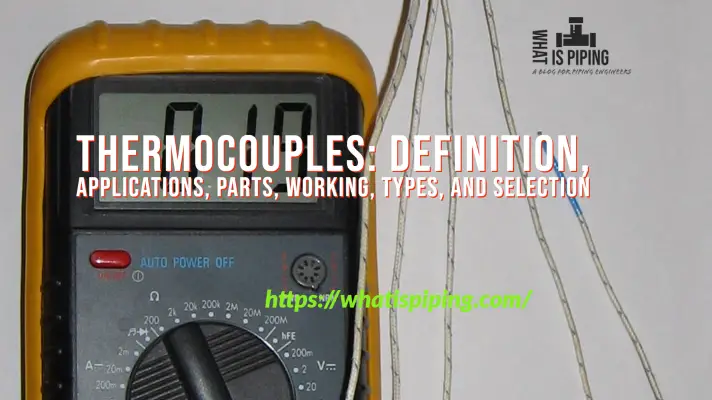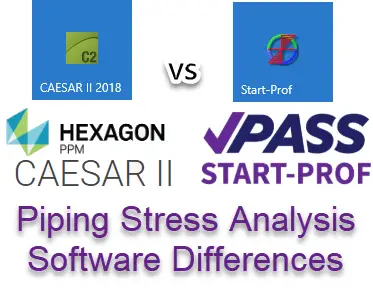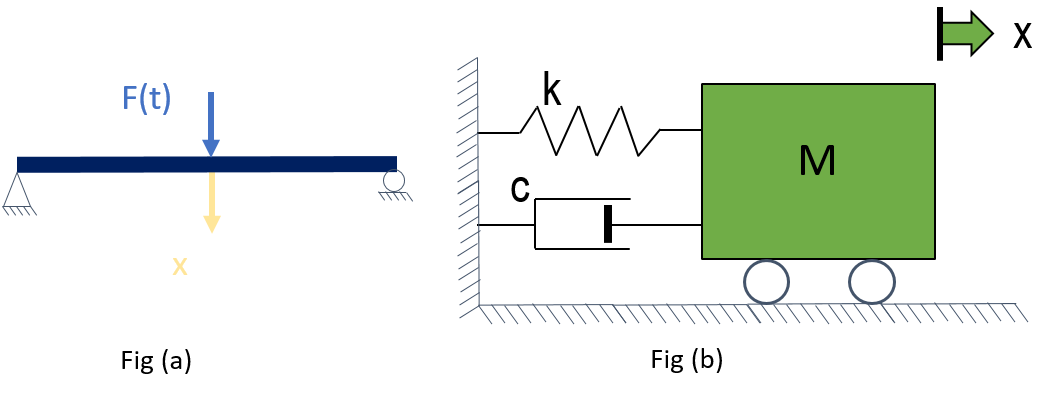A point cloud is a database of points that represent a digital 3D physical object or space in the 3D coordinate system. It consists of millions of individual measurement points with an x, y, and z coordinate. 3D Point cloud is a highly accurate digital record of an object. Point clouds are utilized to generate 3D meshes and other models for 3D modeling. Various engineering and medical fields including medical imaging, 3D printing, manufacturing, architecture, 3D gaming, and virtual reality (VR) applications make extensive use of 3D point clouds.
Based on the sensors used and the method to capture the cloud, each point can also include RGB color data or intensity information. These data reflect the return strength of the laser pulse that generated the point. Note that, points in each 3D point cloud are always located on the external surfaces of the visible objects. Ray of light from the scanner is reflected from the object to create these spots.
The denser the points in the point cloud, the more detailed is the object representation capturing even smaller details. The process by which these point cloud data are converted into a 3D model is known as point cloud processing. The time taken to create a point cloud depends on the number of required scans and the density of scanning. The normal mobile scanner takes much lesser time compared to advanced scanners.
Generation of a Point Cloud
A point cloud is usually captured using any of the following two tools:
- Laser Scanners or
- Photogrammetry
Laser Scanners for 3D Point Cloud
A laser scanner includes various sensors and advanced technologies to gather hundreds of thousands of extremely accurate measurements per second. They also include an RGB camera to add color to the point cloud, and an inertial measurement unit (IMU). A variety of types of laser scanners are produced to meet a specific range of applications. A terrestrial laser scanner (TLS) provides the absolute highest accuracy. Accordingly, they are used for specialized applications like measuring beam deflection, capturing a single object like a car or machine, or analyzing floor flatness with extremely high accuracy.
Mobile laser scanners can also be used to capture point clouds with up to 4mm accuracy. For normal building documentation projects, mapping active sites like factories, etc where extreme accuracy is not desired these mobile scanners will serve the purpose. Usually, laser scanners provide higher accuracy data than photogrammetry.
Photogrammetry for 3D Point Cloud
Photogrammetry is basically a methodology to generate a point cloud. In this process, cameras are used to capture the space/object from all angles, and then process those images using specialized software to reconstruct the object/space in 3D. Drones are widely used to capture point clouds.
Features of the Point Cloud
The main technical characteristics of point clouds are:
- The Point Cloud obtained after scanning usually contains many unwanted elements like shadow areas, scaffolding, steam clouds, work machinery, etc. These must be cleaned to avoid difficulties.
- Point clouds in 3D only provide data concerning the position, measurements, and geometry of an object. However, they lack the rest of the object’s information which the user needs to establish.
- The quality of the scanner is of utmost importance as the scan helps to locate, identify, and take references to objects in the obtained spherical photograph or bubble view.
- The 3D Scanner tool is suitable for all existing work including overhauling, extensions, dismantling, etc.
- A point cloud is a fundamental part of an “As-built”. The point cloud system complements traditional paper documents and material lists.
- Point cloud systems generate the exact copy of something that already exists.
- The formats used for point cloud generation must be exportable and manageable in different design and visualization programs like E3D, Smart Plant 3D, PDS, MicroStation, or Autocad.
Applications of Point Cloud
As point cloud provides an accurate, comprehensive, and precise digital picture of a real object, it provides huge value in a wide spectrum of applications. Some of the most common applications are:
Construction Progress Tracking: By regularly capturing the point cloud data, the construction progress of any plant can easily be measured.
Building Information Modeling (BIM): By processing the point cloud data in a specialized BIM modeling software, accurate and comprehensive models can be generated.
Floor Planning: Point cloud can easily be used to generate a floor plan for any structure.
Operational 3D Model Creation: Point clouds are extensively used to generate an operational 3D model of any asset.
As-Built: Point cloud software eliminates costly and time-consuming site visits and allows the designer/architect to visualize and convey new concepts. Point cloud has become popular for all design industries as it gives an instant virtual model to test ideas with.
Inspection and Measurement: Point clouds are also used to create 3D CAD models for manufactured parts, for metrology and quality inspection, and for a multitude of visualization, rendering, animation, and mass customization applications, check deformations over time, etc.

